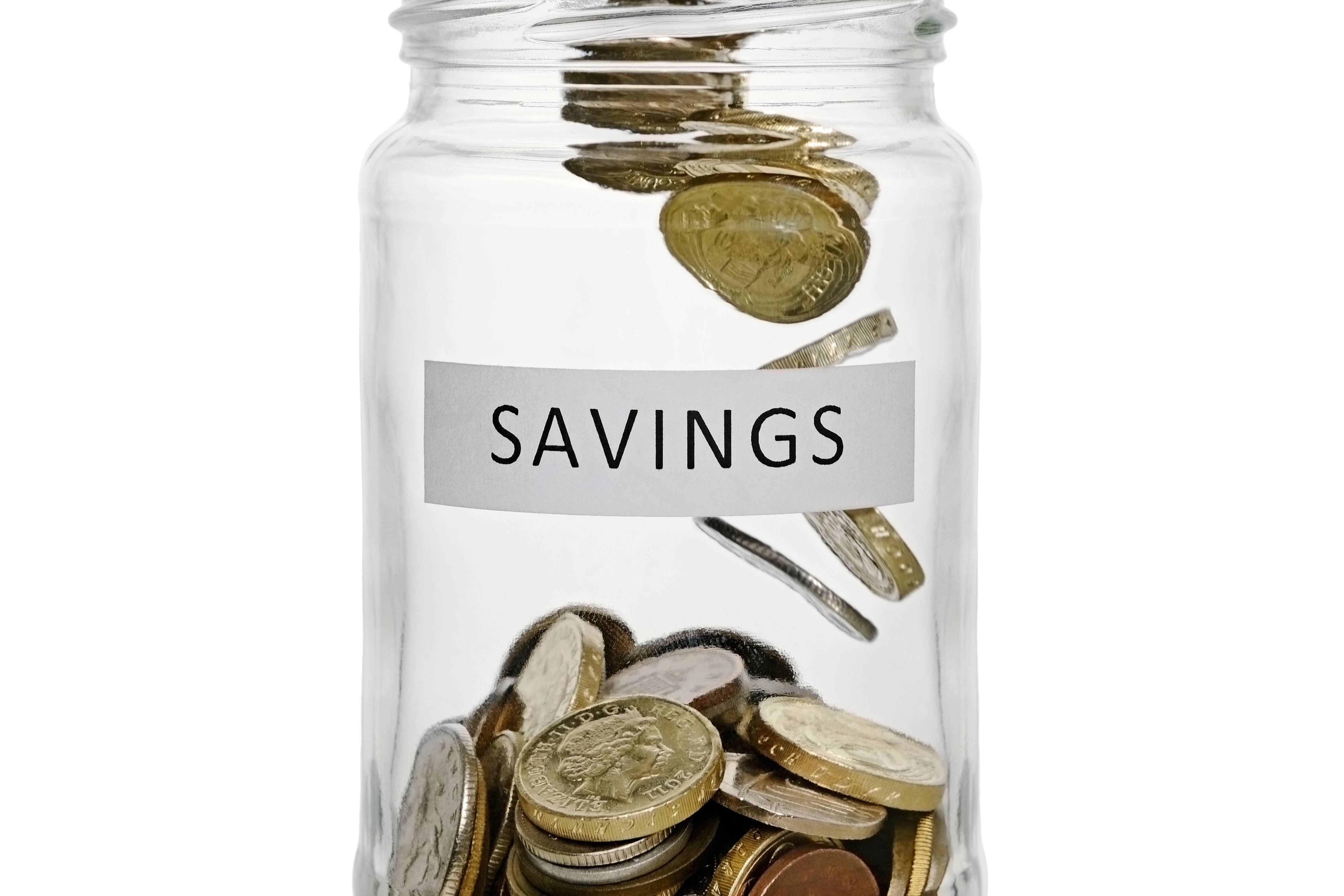7 things to look for when searching for the best regular savings accounts
A consumer banking expert shares her tips for finding the right regular savings deal for your needs.

Your support helps us to tell the story
From reproductive rights to climate change to Big Tech, The Independent is on the ground when the story is developing. Whether it's investigating the financials of Elon Musk's pro-Trump PAC or producing our latest documentary, 'The A Word', which shines a light on the American women fighting for reproductive rights, we know how important it is to parse out the facts from the messaging.
At such a critical moment in US history, we need reporters on the ground. Your donation allows us to keep sending journalists to speak to both sides of the story.
The Independent is trusted by Americans across the entire political spectrum. And unlike many other quality news outlets, we choose not to lock Americans out of our reporting and analysis with paywalls. We believe quality journalism should be available to everyone, paid for by those who can afford it.
Your support makes all the difference.Regular savings accounts can be a great way to make your money go further, with some offering as much as 7% in annual interest.
By putting some money away each month, they can potentially help make your money work harder than if it were sitting in a current account, or a low-interest savings account.
But picking the best one to suit your needs can be a challenge – and there may be certain terms and conditions to watch out for.
Katie Brain, consumer banking expert at star ratings business Defaqto, says: “There are some great deals on the market at the moment.”
Brain adds: “The best regular savings accounts are often only available to existing current account holders, so it is wise to check with your current account provider before shopping around.
“You’ll also find that a range of (terms and conditions) apply, so you should always check these meet your individual needs before opening an account.
“Key things to look out for include deposit limits, potential penalties if monthly payments are not made and any specific withdrawal conditions.”
Here are Brain’s top tips when considering which regular savings account is best for you:
1. Check your existing account provider before looking elsewhere, as your existing provider may have the best rates.
2. Check the maximum balance that the rate applies to. Some accounts may offer a higher interest rate but have a lower limit on how much money this applies to, whereas others may have a lower interest rate which applies to a higher balance.
3. You should also check the term length to make sure this meets your needs. Many of the top deals have around a 12-month term, which can be useful for annual savings such as Christmas or holiday funds.
4. While a high rate is a big factor when choosing an account, check the rate type. Variable rates may go up or down, while fixed rates give certainty over the rate you are getting for a certain period.
The differences between variable versus fixed-rate products should play a role in your decision.
5. Check the maximum monthly deposit amount. If you want to save a high monthly amount, you may be limited by some accounts. Nationwide Building Society, for example, pays 6.5% on its Flex Regular Saver and has a maximum monthly deposit of £200.
First Direct meanwhile, pays 7% on its Regular Saver and allows maximum monthly deposits of £300.
6. Will you need flexibility for accessing your savings? Some accounts limit access considerably, meaning you may be restricted or penalised when making withdrawals.
7. Remember, if you can’t commit to saving regularly each month, there are still good deals available in instant access account rates at over 5%.